 The shady spot overlooking the river didn’t look like a cemetery. Nothing marked it as a burial ground - no flowers, no grave markers, not even a sign. Yet buried there lay the remains of enslaved people of Mount Vernon, George Washington’s estate. Even knowledge of the cemetery’s location might have been lost to time if The Mount Vernon Ladies’ Association hadn’t bought Mount Vernon in 1858. Just a few years later, the Civil War brought an end to slavery. At last, men, women and children would no longer be enslaved - or buried - at Mount Vernon. Years passed and the memory of who was buried there and where they were buried faded away. By 1929, The Mount Vernon Ladies’ Association realized that even the location of the cemetery might soon be forgotten. They installed a marker to identify the site of the cemetery. More years passed. Weeds and underbrush grew over the unmarked graves-and the 1929 marker. At last in 1982 a memorial was installed to honor the people who were enslaved at Mount Vernon. For the first time the public had a place to pay their respects to those buried there. The gray granite column in the center of the memorial reads: Then in 2014, archeologists at Mount Vernon began an exciting new project. A multi-year archaeological dig that would answer three questions:
To accomplish the dig, archeologists remove six to eight inches of soil - only enough to determine if a grave is present. No human remains will ever be disturbed in the process. So far, more than 70 graves have been located – some of them graves of children. Like other slave owning families, the Washingtons did not keep birth, death or burial records of the people they enslaved. Today, it is impossible to know the identities of the individuals who lie in each grave. But this archaeological dig will at least allow us to know, and honor, the location of their final resting places. The individuals buried there may remain nameless, but they are not forgotten. 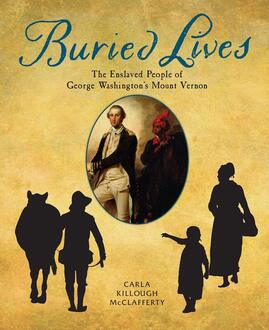 Do you want to find out how an archaeological dig works? In Buried Lives: The Enslaved People of George Washington’s Mount Vernon you will discover how they uncovered graves in the cemetery at Mount Vernon-and about six, specific real life enslaved people who served the Washington family. You can read Vicki Cobb's review here.
0 Comments
Leave a Reply. |
Traffic for our summer Minutes are ticking up.. |

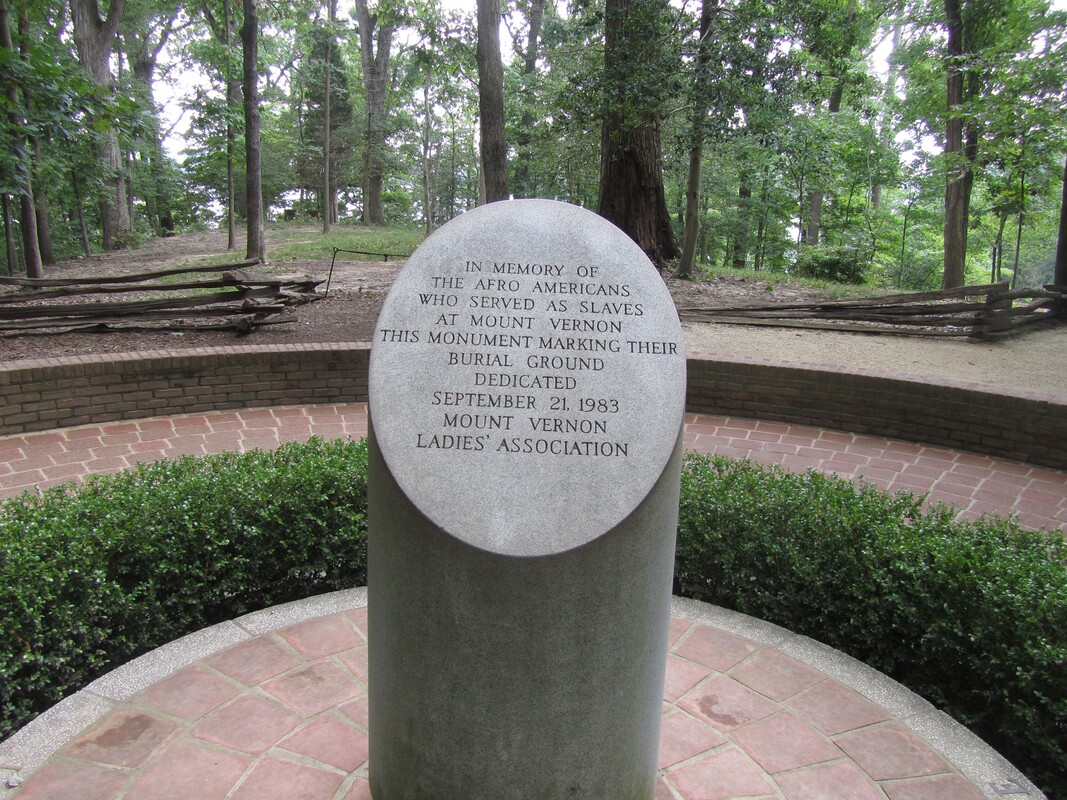
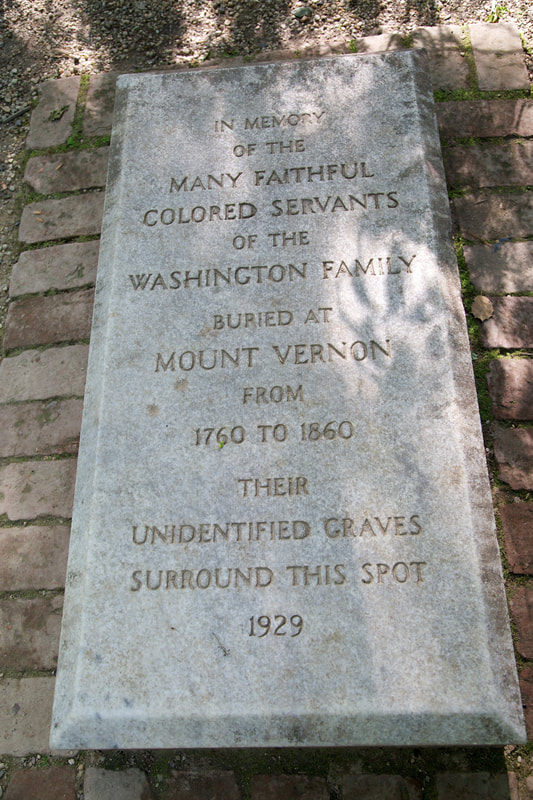
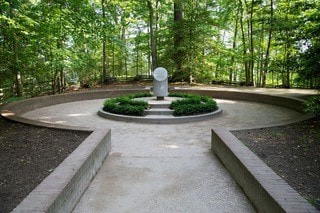
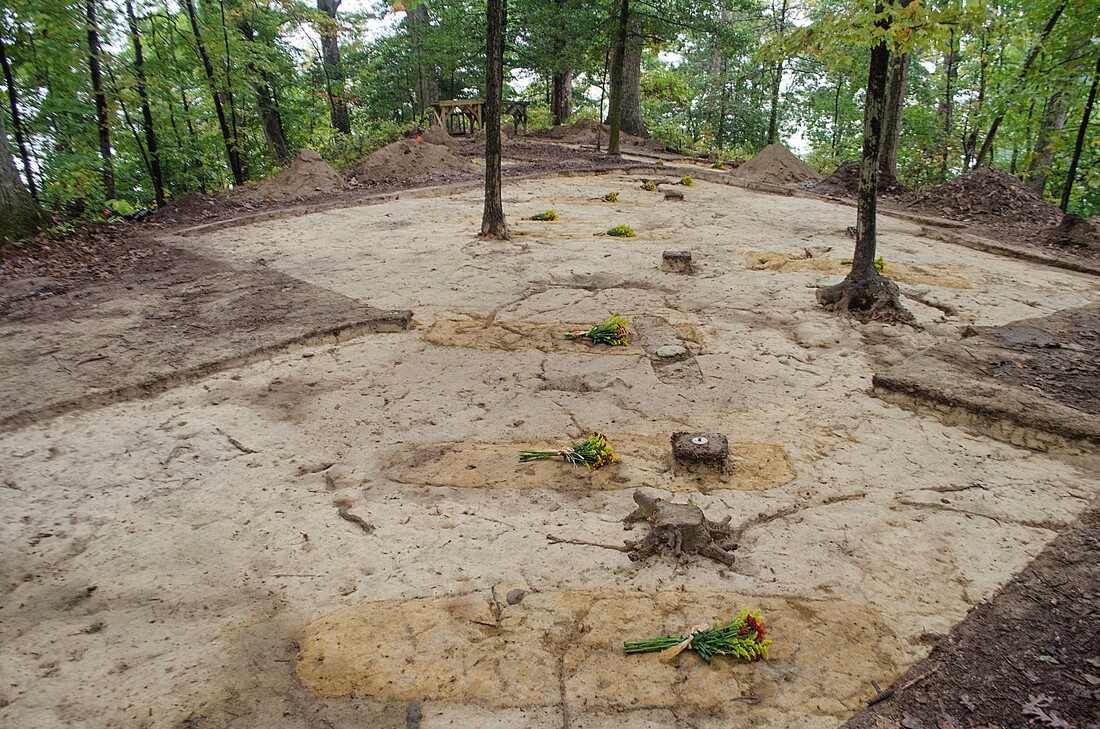
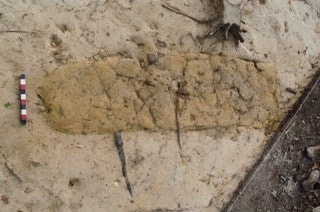
 RSS Feed
RSS Feed
